

Six Sigma Yellow Belt Certification
Lean Six Sigma Yellow Belt Certification Training in Des Moines
Comprehend the Basics of Six Sigma Yellow Belt to Support Modification Tasks.
1K+ Enrolled
The Lean Six Sigma Yellow Belt Training by Simpliaxis provides Lean and Six Sigma principles, helping the participants enhance their skills. This course covers Six Sigma Yellow Belt concepts and equips learners with practical tools to reduce waste and improve organizational efficiency. It can help them advance their careers and improvements, making them valuable assets to their teams. Simpliaxis provides Six Sigma training and expert guidance to help you achieve your goals.
Read more...Six Sigma Yellow Belt Certification
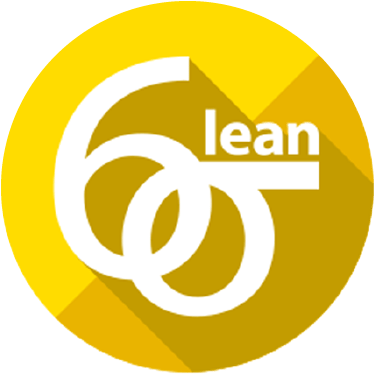
5.0
1K+ Enrolled
Comprehend the Basics of Six Sigma Yellow Belt to Support Modification Tasks.
The Lean Six Sigma Yellow Belt Training by Simpliaxis provides Lean and Six Sigma principles, helping the participants enhance their skills. This course covers Six Sigma Yellow Belt concepts and equips learners with practical tools to reduce waste and improve organizational efficiency. It can help them advance their careers and improvements, making them valuable assets to their teams. Simpliaxis provides Six Sigma training and expert guidance to help you achieve your goals.
Read more...The Lean Six Sigma Yellow Belt Training by Simpliaxis provides Lean and Six Sigma principles, helping the participants enhance their skills. This course covers Six Sigma Yellow Belt concepts and equips learners with practical tools to reduce waste and improve organizational efficiency. It can help them advance their careers and improvements, making them valuable assets to their teams. Simpliaxis provides Six Sigma training and expert guidance to help you achieve your goals.
Read more...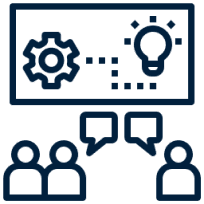
Guaranteed to Run Workshops
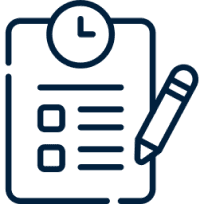
Expert-Led Study Sessions
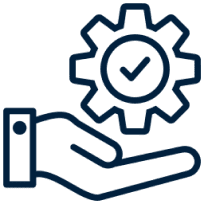
Networking Opportunities
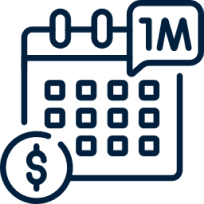
Flexible Monthly Payment Plans

Real-World Case Studies

Hands-On Project Experience
Request More Details
450K+
Professionals trained
250+
Workshops every month
30+
Trainers
450K+
Professionals trained
250+
Workshops every month
20+
Trainers
Course Overview
The nature of the principles of Lean Six Sigma methodologies applied to the Lean Six Sigma Yellow Belt Training course. The Six Sigma Yellow Belt guide about process management, waste elimination, and problem-solving. It focuses on practical application and provides tools to support larger projects and lead small-scale improvements within their work areas. The participant understands the basic structure of Lean Six Sigma Yellow Belt training material.
Certified as a Six Sigma Yellow Belt opens up various career advancement options. Yellow Belt professionals are expected to support a project manager and coordinate larger projects impacted by real process improvements, thus adding value to employers. They also learn how to deal with Six Sigma implementation challenges. Knowledge of the Six Sigma Yellow Belt allows career opportunities in many other aspects.
Simpliaxis welcomes Lean Six Sigma Yellow Belt participants, enhancing skills and providing resources to further professional progress. Register with Simpliaxis, and you'll gain the knowledge and confidence to apply Six Sigma Yellow Belt training knowledge in real-life scenarios.

Six Sigma YB Training Highlights
16-Hours live training sessions
Earn 16 PDUS
Interactive Sessions with our expert trainer
Real-base case studies, projects, and more.
Lifetime access to the course learning material
Expert trainer with 15-20 years of experience
24/7 training support
Doubt clearing sessions

Career upliftment


Unsure about your prep?
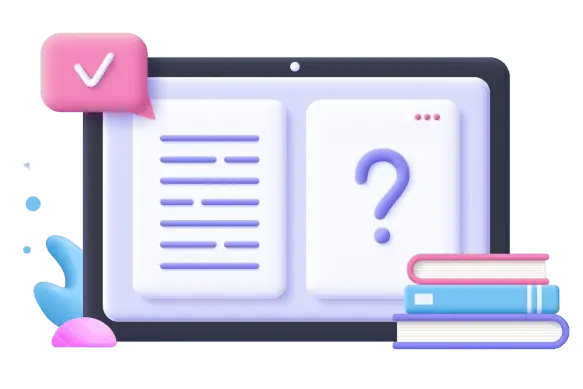
Benefits focused on Individuals and corporate
Common attendees
Entry-Level professionals
Quality Control Specialists
Operations Staff
Project Team Members
Process Improvement Coordinators
Managers and Supervisors
Production and Manufacturing Employees
Customer Service Representatives
Healthcare Professionals
Engineers and Technicians

Prerequisites for Six Sigma YB certification training
Prerequisites:
Get the Six Sigma YB Certification
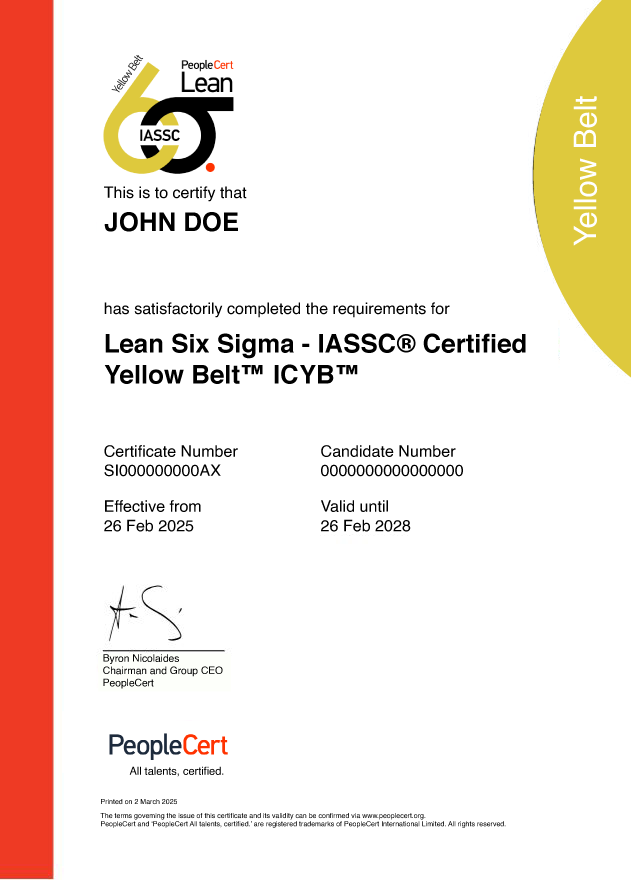
Curriculum
1.1 The Basics of Six Sigma
1.2 The Fundamentals of Six Sigma
1.3 Selecting Lean Six Sigma Projects
1.4 The Lean Enterprise
2.1 Process Definition
2.2 Six Sigma Statistics
2.3 Measurement System Analysis
2.4 Process Capability
3.1. Lean Controls
3.2. Six Sigma Control Plans
Course Curriculum
1.1 The Basics of Six Sigma
1.2 The Fundamentals of Six Sigma
1.3 Selecting Lean Six Sigma Projects
1.4 The Lean Enterprise
2.1 Process Definition
2.2 Six Sigma Statistics
2.3 Measurement System Analysis
2.4 Process Capability
3.1. Lean Controls
3.2. Six Sigma Control Plans
What you will learn in this Six Sigma YB workshop
Problem-Solving:
Develop skills to identify the causes of problems and address other problem-solving issues within an organization.
Process Mapping and Improvement:
Understand the mapping process and identify the areas for improvement to enhance workflow and performance.
Six Sigma Tools:
Learn about the tools and techniques, such as Define, Measure, Analyze, Improve, and Control, used to enhance process and efficiency.
Waste Elimination:
Learn how to eliminate waste in processes.
Problem-Solving Techniques:
Develop skills in root cause analysis and other problem-solving methodologies to address organizational issues.
Data Accuracy:
Understand how to conduct measurement system analysis (MSA) to ensure accuracy and readability.
Customer Satisfaction:
Optimizing processes and reducing defects helps improve customer satisfaction and ensure consistent quality in products and services, leading to better customer experiences and increased loyalty.

40+ Certification programs made an impact
Employee retention improved by 45%
Work satisfaction and capabilities improved by 30% on an average
100+
Clients













Six Sigma YB Certification Course For Corporates
With learning targeted to your unique team environment, we at SimpliAxis help to resolve your specific issues and meet your specific needs with tailored training methods. We offer corporate training globally to keep Organizations up to date by building the knowledge gap required and make them strive in the competitive world with the right skills according to the industry needs.

Our Customer words for us
Meet the Team That's Invested in Your Success
What is Six Sigma Yellow Belt certification?
What is the Process to get Yellow Belt Certified?
Are there any prerequisites for Lean Six Sigma Yellow Belt Certification?
What will I learn in this certification?
What is the duration of this Yellow Belt training?
Can I pursue higher certifications after Yellow Belt?
Who can do the Lean Six Sigma Yellow Belt Certification Training?
How do I register for a Lean Six Sigma yellow belt certification training?
What companies hire Lean Six Sigma Yellow Belt Certification Training?
What skills will I gain from the Lean Six Sigma Yellow Belt Certification Training?
Do I need work experience to take this course?
Can I retake the Six Sigma Yellow Belt exam if I don’t clear it?
What tools and techniques will I be trained on during the Six Sigma Yellow Belt course?
Which institute is the best for Six Sigma Yellow Belt certification?
Why prefer Simpliaxis for Six Sigma Yellow Belt Certification?
What material does Simpliaxis provide to prepare for Six Sigma Yellow Belt Certification?
Is there a preferred currency for payment, especially for international students?
Can payments be made online through your website, or do I need to visit a physical location?
Do you offer any discounts or promotions for early payment?
Can I pay for the course in installments, or is full payment required upfront?
Will I get a refund if I cancel my enrollment?
Where will I get my payment receipt?
Is there any transaction or processing fee?
What cards do you accept?
What payment options are available?
What if I miss a class? Are there any money back options?
If I want to know more about Training, whom should I connect with?
Is there any option to complete the Training in the native language if a participant chooses to?
Can I receive personalized Training at my convenience?
Where do I find the upcoming schedules of my course?
After enrollment, can I change the date of my training class?
Do I get any certificate upon completion of the course?
How do I enroll in the training course?
What are the different courses offered by Simpliaxis?
What are the different modes of Training available for Simpliaxis courses?
Do you offer online Training?
Do you offer corporate Training?
Who are the instructors of my course?
Is there any discount available for the Simpliaxis courses?
Whom do I contact if I have more queries regarding my course?
Are your courses affordable?
Why should I choose Simpliaxis?
What is the object of Simpliaxis?
How much discount will I get if I enroll for the Training?
Six Sigma YB Course FAQs
Multiple reputed companies that hire yellow belt certified professionals.
During the Yellow Belt Certification training, you will develop advanced skills in:
You will learn to use various tools and techniques across multiple stages of the Six Sigma approach. Following are some examples:
Simpliaxis provides a combination of study materials, including:
You can reach out to our experienced career counselor
or email us on support@simpliaxis.com
or contact any of our phone numbers
or you can chat with us anytime
or visit our contact us page https://www.simpliaxis.com/contact-us
Find out why 1,000+ professionals love SimpliAxis